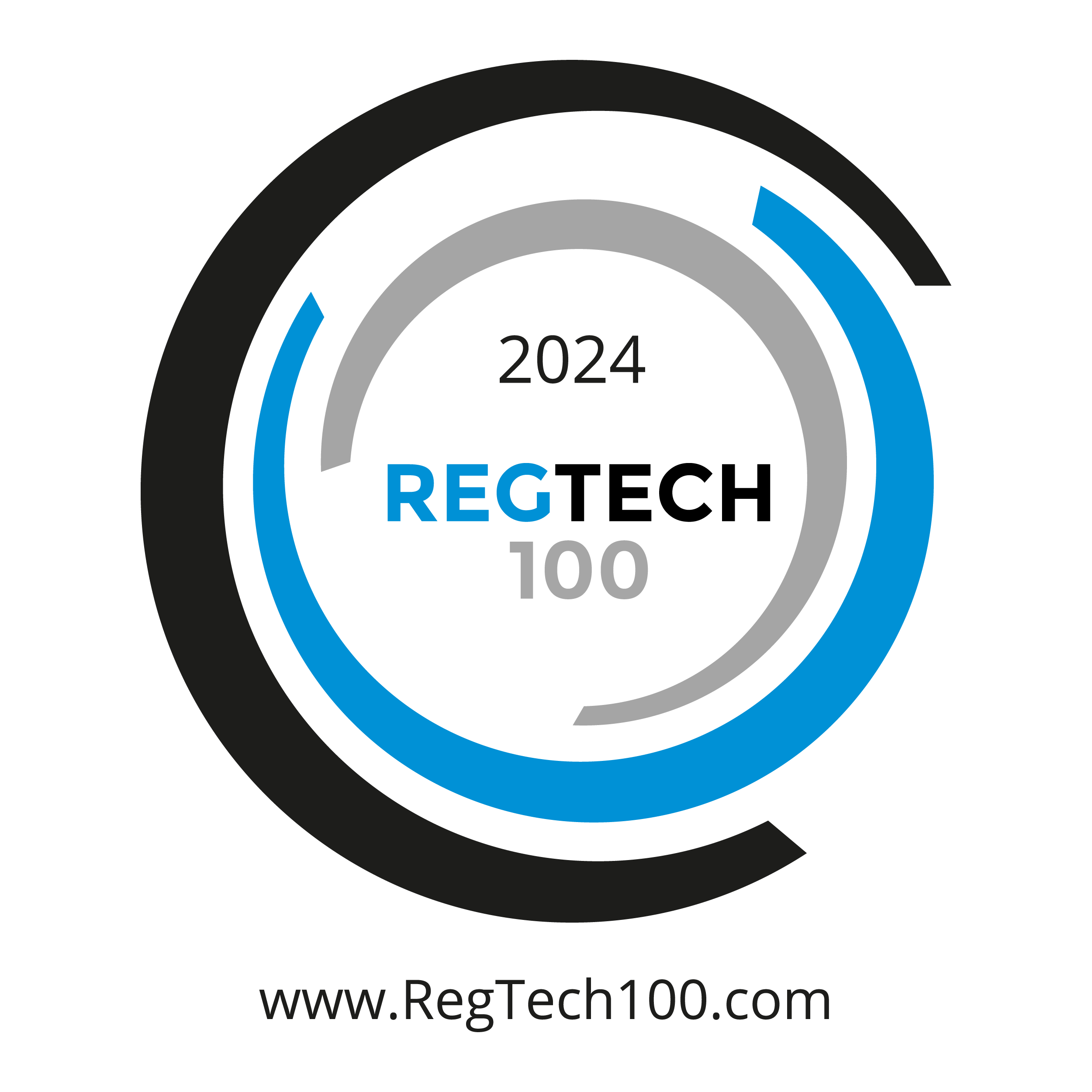What is CalQRisk?
CalQRisk is an all-in-one modular governance, risk management and compliance (GRC) solution that is functional from day one
It has a proven track record of streamlining processes and reporting for our clients.
CalQRisk helps organisations assess and identify potential risks that may affect their operations. It can facilitate the collection and analysis of data related to various types of risks, such as financial, operational, compliance and strategic risks.
At the fundamental core of the system is integration. All modules share a common database and integrate with each other which creates a complete 360-degree review of the organisations risk management function.










